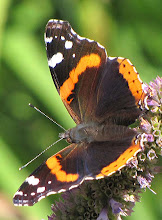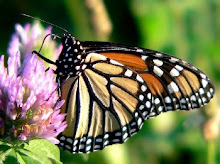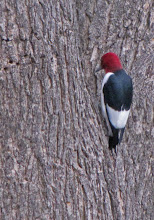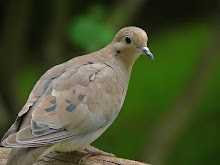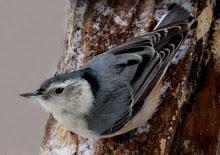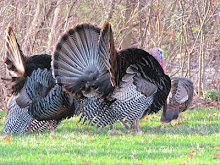Maybe that old rhyme is true on the high seas but not on the prairies of northern Illinois. Friday evening the sky was a deep crimson but instead of foretelling a pleasant day ahead it turned out to be a portent of snow. Saturday morning was leaden and by afternoon gusty winds blew in freezing rain. Temperatures dropped and the rain turned to snow.
Our local weather-prophets-of-doom had predicted nine inches. Happily it turned out to be much less.
Plants know how fickle nature can be.

These daylilies don't mind a little snow, nor do these bulbs recently risen from their winter beds.

This loan oak leaf escaped being buried under the snow and skittered and twirled with the wind gusts.

The viburnum fruit still clings stubbornly providing a bright spot of color through these drab winter days.

One tiny ice cycle

Already predictions of more snow Thursday. Winter isn't through here on the prairies.
As irritating as we find these late snows, it is nothing compared to the battle raging farther west in North Dakota and Minnesota. My heart goes out to those folks fighting to save their homes and towns. Hats off to all the volunteers traveling from all over the country to help. Everyone wishes you luck.
The Flood
As irritating as we find these late snows, it is nothing compared to the battle raging farther west in North Dakota and Minnesota. My heart goes out to those folks fighting to save their homes and towns. Hats off to all the volunteers traveling from all over the country to help. Everyone wishes you luck.
The Flood
At once the rain in torrents fell-
Heaven's windows all were open-
Like fiend escaped the bounds of hell,
Rushed on - the spell was broken.
Like chaff before a mighty wind
Down went each cottage dwelling,
Respecting none, the waves swept on,
Grim death before - a sea behind
Still high and higher swelling.
Day had dawned at last, oh, direful scene,
Night's fading folds uncover-
As dawns the day, far, far away,
Where late were valleys robed in green,
Dark waves are sweeping over..
~ Scott Cummins



















